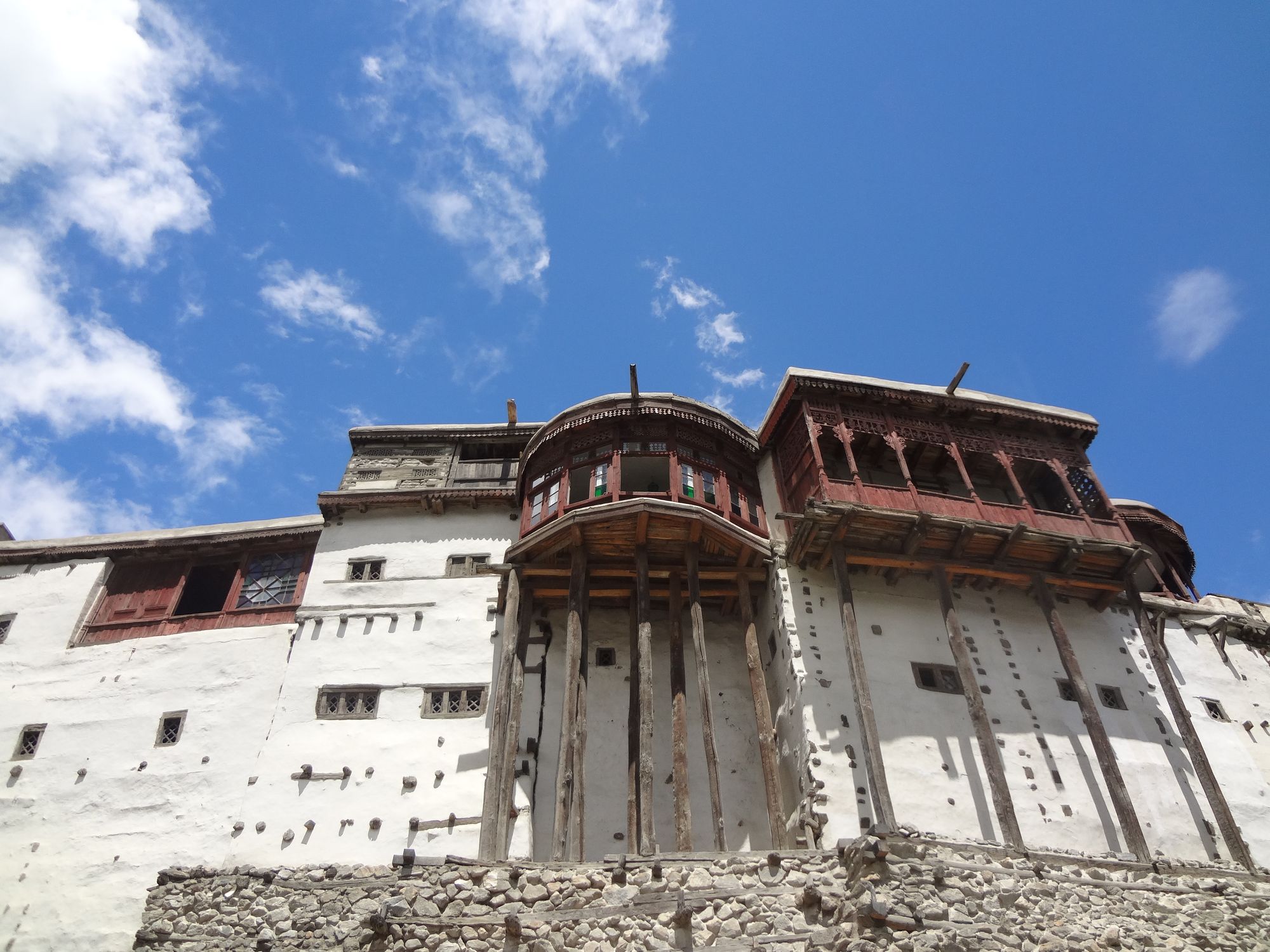
Baltit Fort Hunza: A Restoration Triumph and a Lesson in Vernacular Materials
Introduction:
Nestled within the breathtaking Hunza Valley of Pakistan, Baltit Fort is a beacon of history and architectural significance that has withstood the test of time. As an architect with a profound appreciation for heritage preservation, I'm excited to explore the captivating history, architectural marvels, and the remarkable restoration journey of Baltit Fort, completed by Aga Khan Cultural Services, Pakistan in 1996. Additionally, this blog aims to serve as a case study for locals, highlighting the importance of using vernacular materials in construction practices to uphold the region's cultural heritage.
A Glimpse into History: Baltit Fort
Baltit Fort, also known as Baltit Palace, stands as a living testament to the rich tapestry of history woven through the Hunza Valley. Its origins can be traced back to the 8th century, making it one of the oldest structures in the region. Initially built as a fortress, it evolved over centuries to become the residence of the local Mirs (rulers) and their households.
Architectural Significance in the Valley: A Jewel of Cultural Heritage
Baltit Fort's architectural significance transcends mere bricks and mortar. It is a reflection of the region's unique cultural interactions with Tibet, Central Asia, and Persia. Several architectural elements showcase this significance:
- Exquisite Woodwork: The fort's intricate woodwork, adorned with delicate carvings, exemplifies the exceptional craftsmanship of local artisans. These wooden embellishments are not just architectural but also artistic masterpieces.
- Sturdy Masonry: Traditional building materials such as locally sourced stone and mud mortar form the foundation of Baltit Fort's construction. The thick walls and solid structures have endured for centuries, exemplifying the resilience of vernacular materials.
- Thoughtful Layout: The fort's layout is a testament to careful planning, with various rooms and courtyards designed to accommodate the complex social hierarchy of the Mirs and their households.
- Cultural Symbols: Throughout the fort, you can find cultural symbols, motifs, and artwork that reflect the spiritual and cultural beliefs of the Hunza people, creating a living connection to their heritage.
A Remarkable Restoration: Aga Khan Cultural Services, Pakistan, 1996
In 1996, the Aga Khan Cultural Services, Pakistan, undertook the monumental task of restoring Baltit Fort. This restoration was not just about preserving an architectural relic but also a cultural treasure. The project involved:
- Structural Rehabilitation: Meticulous assessment and repairs were conducted to restore the fort's structural integrity while preserving historical authenticity. Traditional construction techniques and vernacular materials were used to maintain its cultural significance.
- Heritage Preservation: Restoration efforts included the careful preservation of historical artifacts, woodwork, and artwork within the fort, ensuring that the legacy of the region's cultural heritage remained intact.
- Sustainability: The project embraced sustainable practices, employing energy-efficient lighting, water conservation measures, and eco-friendly building materials to ensure the long-term resilience of the fort.
A Case Study: Embracing Vernacular Materials for Local Construction
The restoration of Baltit Fort serves as an exemplary case study for local communities in the Hunza Valley and beyond. It underscores the importance of using vernacular materials in construction practices to preserve cultural heritage and ensure sustainability:
- Local Stone: The use of locally sourced stone and mud mortar in Baltit Fort not only maintains its historical authenticity but also promotes the preservation of traditional building techniques.
- Woodwork and Craftsmanship: The intricate woodwork of the fort highlights the significance of preserving and transmitting traditional craftsmanship skills to future generations.
- Cultural Identity: By incorporating cultural symbols and motifs from the fort into their own construction projects, locals can celebrate and safeguard their unique cultural identity.
Conclusion: A Legacy of Heritage Preservation
Baltit Fort in the Hunza Valley is a testament to the enduring spirit of a people and the power of heritage preservation. Restored with dedication by the Aga Khan Cultural Services, Pakistan in 1996, it stands as a living reminder of the importance of using vernacular materials to create structures that are not only sustainable but also deeply connected to the region's cultural heritage.
This remarkable restoration project should inspire local communities and architects to embrace vernacular materials in their construction practices, preserving the essence of their cultural identity and ensuring a sustainable future for generations to come. Baltit Fort remains not just a building but a living legacy of heritage preservation.
